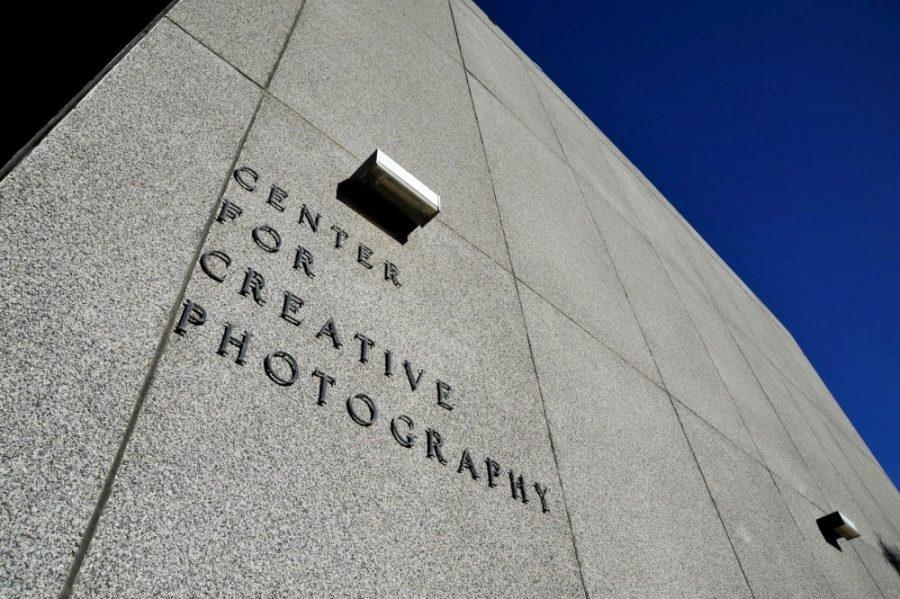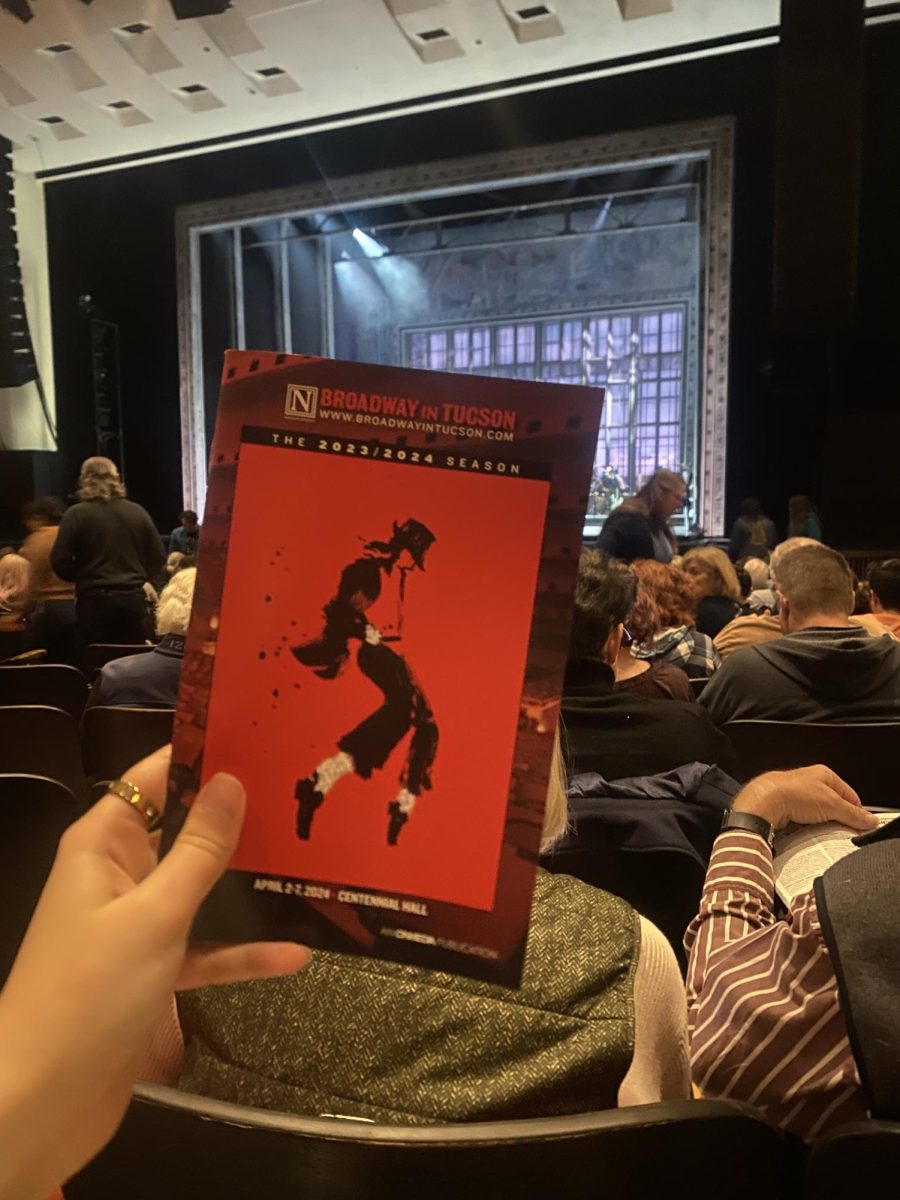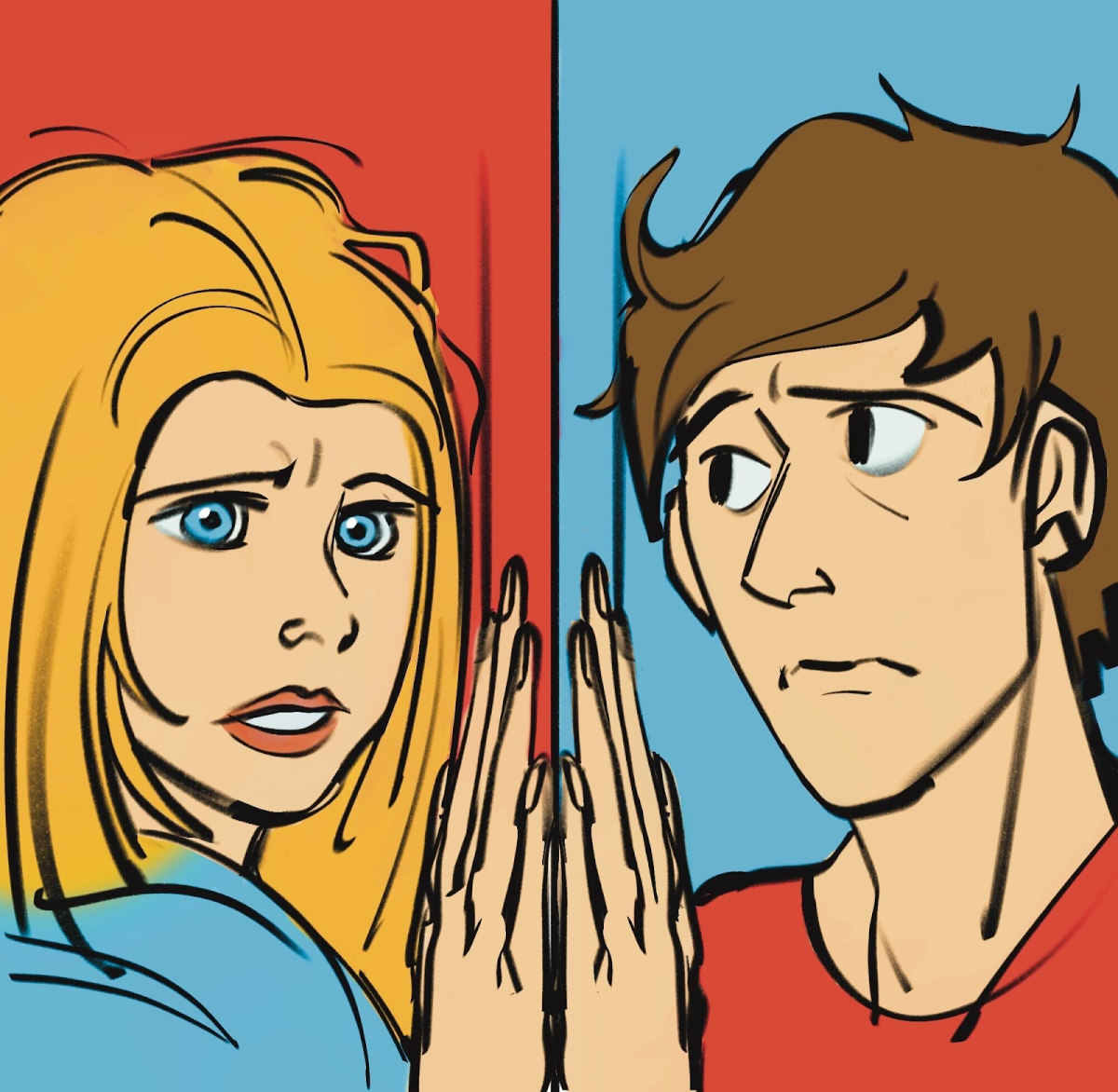The Center for Creative Photography is temporarily closed to the public through the spring semester. Although, their extravagant Finding Meaning exhibit and other collections remain open for online viewing. The curators of the CCP hope that the works can offer a space for community and collective reflection as the pandemic continues.
In January of 2020, CCP launched their app, CCP Interactive, which allows users to experience exhibitions, galleries, programs and more all through via a digital format. CCP Interactive can be found on the app store.
This virtual shift has altered the center’s audience engagement from a focus of the local Arizona communities to international communities that were previously incapable of attending the in-person exhibits.
Audrey Sands, the Norton Family Assistant Curator of Photography at CPP, is excited about the center’s broadening audience and looks forward to engaging more diverse perspectives with their upcoming exhibitions.
“We are looking to grow our collection outside of our current areas of strength so that they reflect more directly the experiences of more diverse populations,” Sands said.
With the increase in the use of apps and social media platforms such as Instagram this year, Sands and her colleges have been taking a closer look at their collections, forms of public engagement and exhibitions. They hope to engage and encourage more voices and more perspectives.
Along with the question of how to curate to wider audiences, the impacts of COVID-19 have also raised questions regarding what the role of art is during times of crisis and in times of emergency.
This led to the development of the Finding Meaning exhibit, created by the curatorial department and conceived by Chief Curator Dr. Rebecca Senf.
Their mission through Finding Meaning was to allow a space for self and collective reflection throughout the pandemic. Both kinds of reflection were important, as each individual is experiencing the pandemic simultaneously but in drastically different ways.
Megan Jackson Fox, the associate curator of Academic and Public Programs at CCP, spoke passionately about the importance of this exhibition.
“It was really interesting to see all the ways in which we respond differently to this particular experience and how we use photographs and art to heal or to reflect or to think more critically,” Fox said.
Finding Meaning includes short written essays which describe personally selected photographs that reflect their current human experience. These images may represent journeys of loss, loneliness, depression, anxiety, discomfort and more.
Finding Meaning then encourages others to express their thoughts and responses to the shared images in hopes of creating a sense of community and connection between individuals and their stories.
“Having a platform for artistic expression during times of great flux and uncertainty and fear is really important as a way of reflecting what is happening in society,” Sands said.
When the pandemic first hit, Sands noticed that many people were processing heightened anxiety and insecurities about health, inability to be with their loved ones, fear surrounding job security and safety.
“I think on the most basic level, any number of mediums can offer a form of solace but it’s also a platform for distilling critique and commentary and response to turmoil in our society,” Sands said.
Noah Kitazawa, a management information systems major at the UA, appreciated the nature of the Finding Meaning exhibit.
“I found it really relatable because, being an Asian-American and being from an immigrant family, I have siblings and relatives all over the globe. It is scary because the pandemic makes it difficult for us to maintain healthy communication between our families,” Kitazawa said.
Kitazawa, whose hours at work were cut and who experienced some isolation from friends and family, noted that adjusting to his new lifestyle was troubling at times. However, he found comfort in the photographs and short essays provided throughout the exhibit.
“When you see art with a similar story to you, it can help you relieve stress because you know and understand that there is someone out there who went through a similar experience,” Kitazawa said.
The CPP is excited to continue to present thought-provoking exhibitions that feature a diverse range of voices and perspectives. In an upcoming partnership with the Phoenix Art Museum, the CCP will be presenting Freedom Must Be Lived: Marion Palfi’s America, which will open in Phoenix this July.
“Everything that we do, from the photographers that are represented to the subjects that we decide to bring up … we want people to know and feel like they belong there because indeed they belong there,” Fox said.
Through their app, digital programs and social media platforms, they hope to continue to expand their community and build as many human connections as possible.
Finding Meaning will be available to view through May 30, 2021. Those interested in checking out the exhibit can find more information on the CCP’s website.
Follow Abbie Kosoc on Twitter















